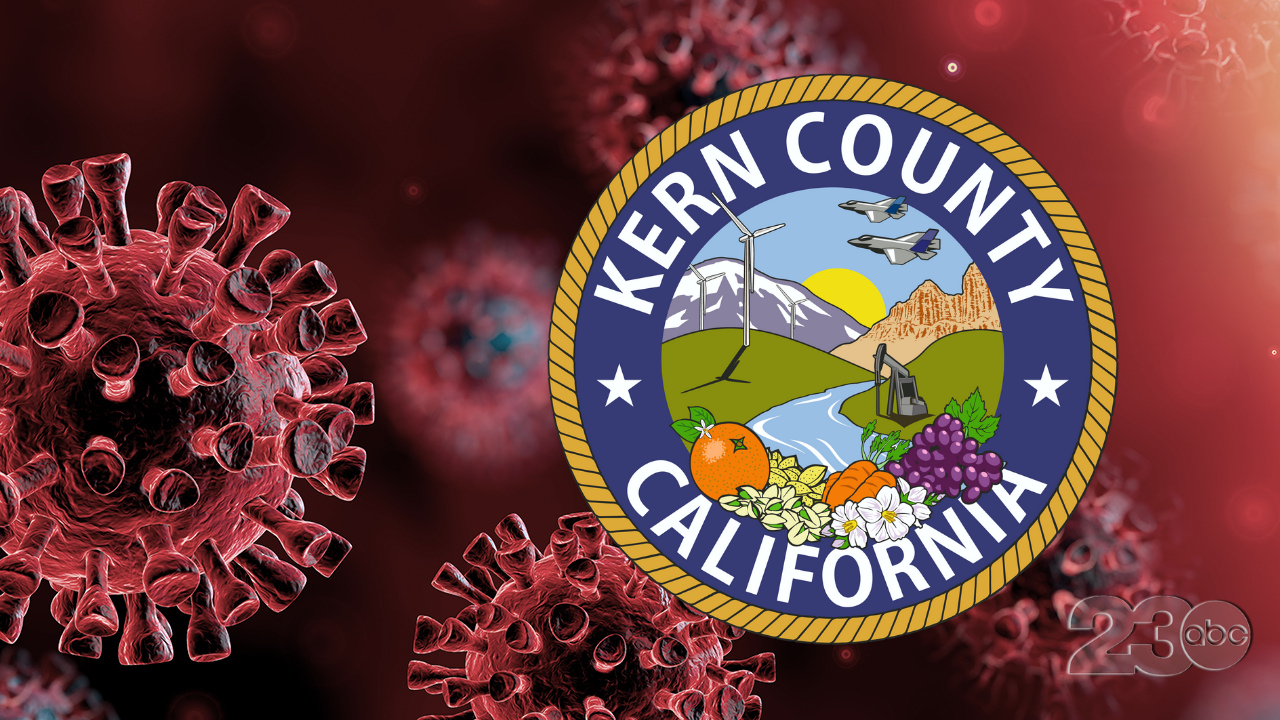BAKERSFIELD, Calif. (KERO) — As the summer months approach there has been a sudden increase in the number of reported COVID-19 cases in Kern County. According to the Public Health Services Department on May 8th, 40 COVID-19 cases were reported here in Kern County and just two days later the count spiked up to 150. This is why local health experts want to inform the community about a potential “summer surge.”
Terri Church, COO for Memorial Hospital, says that omicron is still the predominant variant of the virus, which is a part of the reason why an influx is taking place.
“COVID has not acted like typical viruses in the past like the flu in the wintertime and it goes up in the summer and it just peters out. So it is definitely conceivable with everyone out and about now that we could have a little bit of a surge.”
Michelle Corson from the Public Health Services Department adds that as they monitor the ever-changing case numbers they also use the California COVID assessment tool to plan and prepare for the coming season.
“The modeling is saying that we will continue to see some increases. In fact, we really look at those hospitalizations and the modeling is predicting that we will see in fact a high of 65 hospitalized COVID patients peeking on July 7th and we will also continue to see some increases in our cases in Kern that peeking on June 25th.”
The Centers for Disease Control and Prevention says that some people who have been infected with the coronavirus can experience long-term effects from their infection, known as “post-COVID conditions” or “long COVID.”
Church adds that if you feel any COVID-19-related symptoms after 6 months to a year it is important to get tested to determine if you are re-infected with the virus or are experiencing post COVID conditions.
“You feel good one day. You feel weak the next day. You may feel shortness of breath when you've never even had shortness of breath so it is kind of a weird thing.”
The CDC says that people who are not vaccinated against COVID-19 and become infected may also be at higher risk of developing post-COVID conditions. Church adds the symptoms you feel may come and go.
“You will definitely feel like you did probably the first time. You feel like you got the flu. You're achy. You’ve got a temperature that was really indicative of a re-infection.”
23ABC In-Depth
Long COVID or Post-COVID Conditions: What You Need to Know
- Post-COVID conditions can include a wide range of ongoing health problems; these conditions can last weeks, months, or years.
- Post-COVID conditions are found more often in people who had severe COVID-19 illness, but anyone who has been infected with the virus that causes COVID-19 can experience post-COVID conditions, even people who had mild illness or no symptoms from COVID-19.
- People who are not vaccinated against COVID-19 and become infected may also be at higher risk of developing post-COVID conditions compared to people who were vaccinated and had breakthrough infections.
- There is no single test for post-COVID conditions. While most people with post-COVID conditions have evidence of infection or COVID-19 illness, in some cases, a person with post-COVID conditions may not have tested positive for the virus or known they were infected.
- CDC and partners are working to understand more about who experiences post-COVID conditions and why, including whether groups disproportionately impacted by COVID-19 are at higher risk.
People with post-COVID conditions (or long COVID) may experience many symptoms
General symptoms
- Tiredness or fatigue that interferes with daily life
- Symptoms that get worse after physical or mental effort (also known as “post-exertional malaise”)
- Fever
Respiratory and heart symptoms
- Difficulty breathing or shortness of breath
- Cough
- Chest pain
- Fast-beating or pounding heart (also known as heart palpitations)
Neurological symptoms
- Difficulty thinking or concentrating (sometimes referred to as “brain fog”)
- Headache
- Sleep problems
- Dizziness when you stand up (lightheadedness)
- Pins-and-needles feelings
- Change in smell or taste
- Depression or anxiety
Digestive symptoms
- Diarrhea
- Stomach pain
Other symptoms
- Joint or muscle pain
- Rash
- Changes in menstrual cycles
Some people may be more at risk for developing post-COVID conditions (or long COVID)
- People who have experienced more severe COVID-19 illness, especially those who were hospitalized or needed intensive care.
- People who had underlying health conditions prior to COVID-19.
- People who did not get a COVID-19 vaccine.
- People who experience multisystem inflammatory syndrome (MIS) during or after COVID-19 illness.
- Some people affected by health inequities including people from racial or ethnic minority groups and people with disabilities.
Preventing Long COVID
Living with a post-COVID condition can be hard, especially when there are no immediate answers or solutions.
However, people experiencing post-COVID conditions can seek care from a healthcare provider to come up with a personal medical management plan that can help improve their symptoms and quality of life. Review these tips to help prepare for a healthcare provider appointment for post-COVID conditions. In addition, there are many support groups being organized that can help patients and their caregivers.



